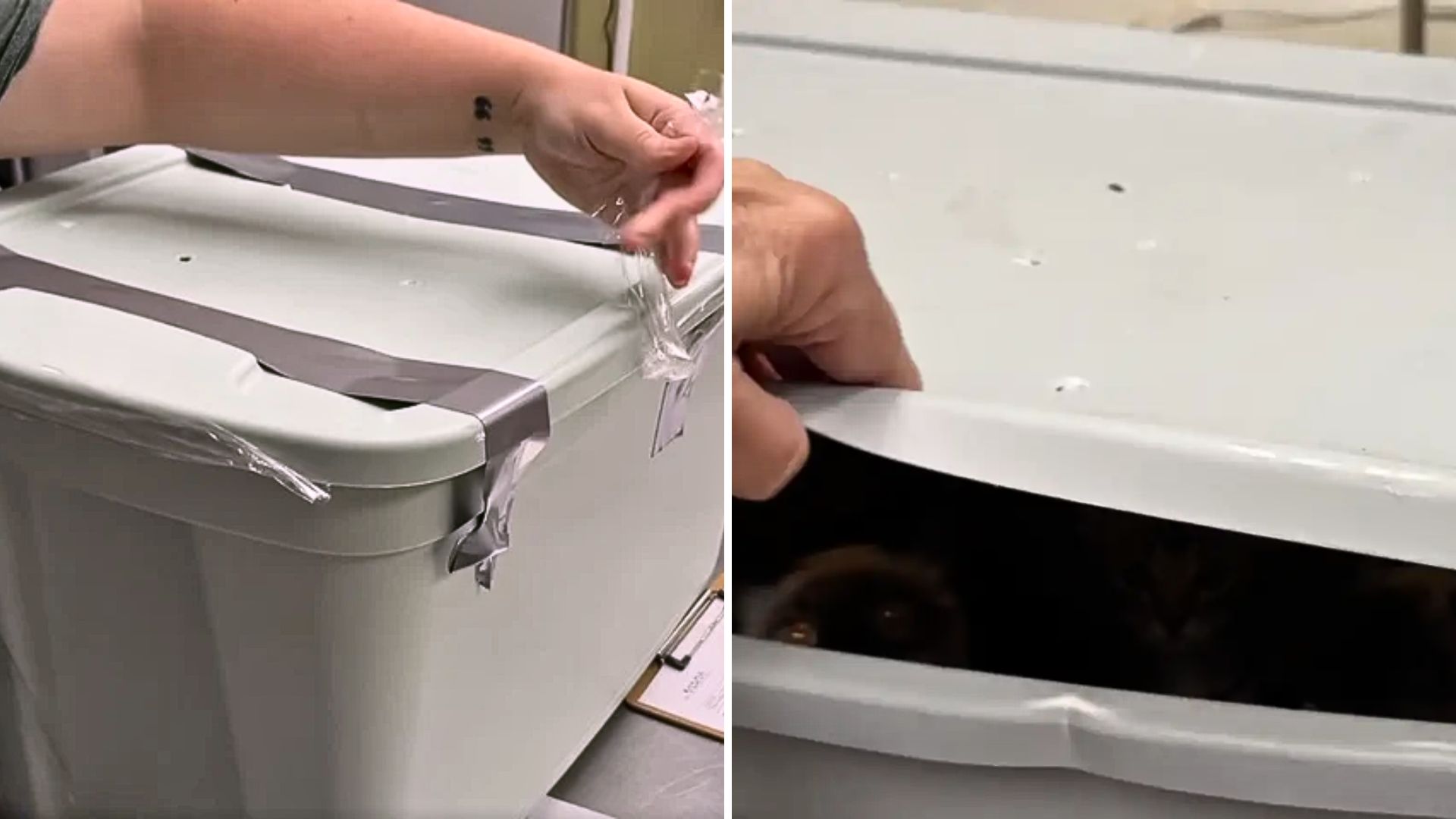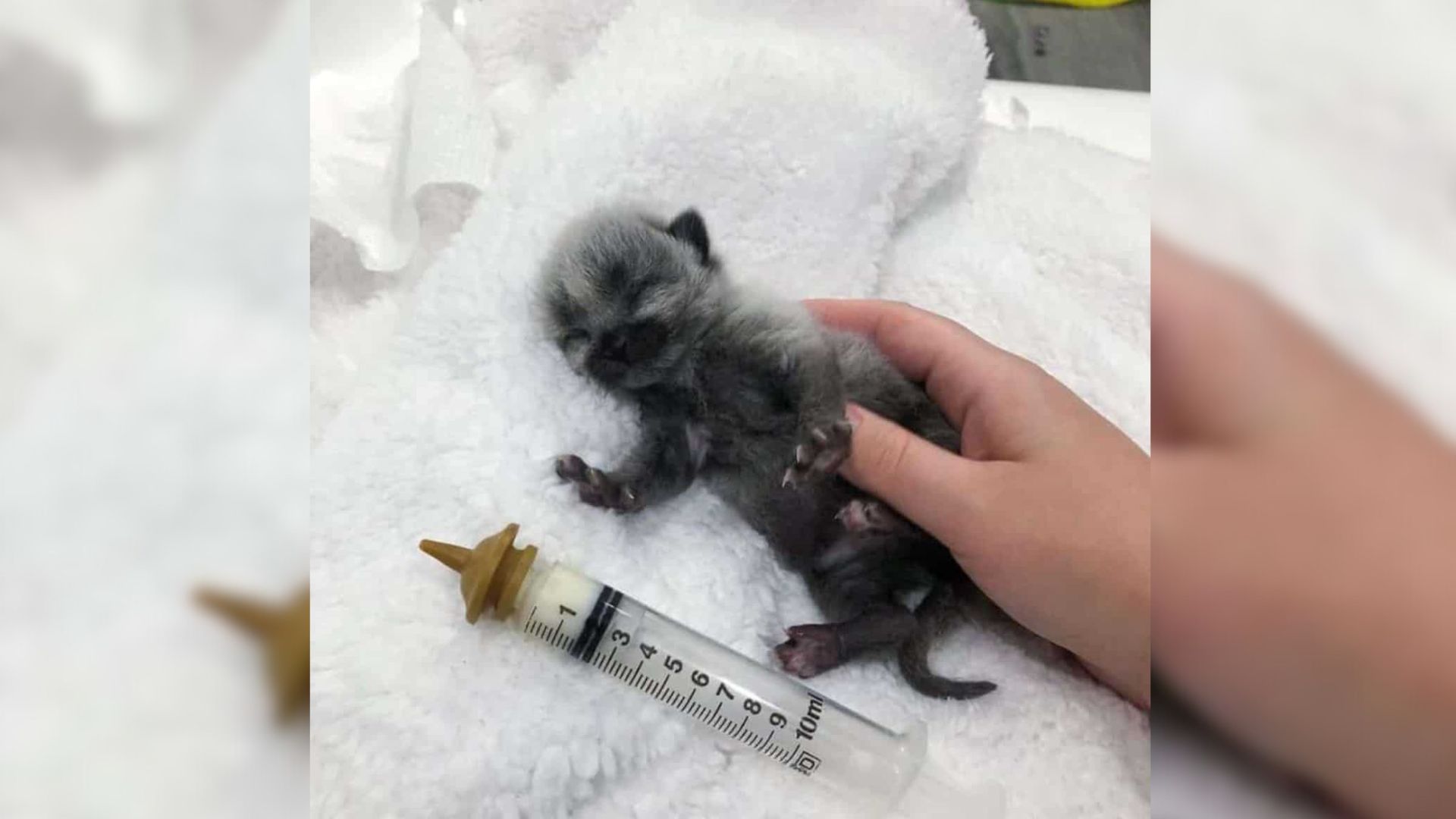With a well-proportioned body, impressive colors and beautiful patterns, Indian star turtles are very popular among international aquarium hobbyists. They have been bred in many countries to be sold as pets. 

Inhabiting arid regions and scrub forests in India and Sri Lanka, the Indian star tortoise (Geochelone elegans) is considered by many to be the most beautiful tortoise in the world. Photo: ZooChat.

This is a medium-sized turtle, with a shell length of 26-32 cm when mature. Their name comes from the bright yellow patterns radiating like stars between the glossy black shells. Photo: BioLib.

This unique pattern is a form of camouflage from predators. Despite its high contrast, the pattern on a turtle’s shell is distracting and breaks up the outline of the turtle when it lies in the shade of trees or vegetation. Photo: Houston Zoo.

When newly hatched, the Indian star tortoise’s shell is quite smooth. The older they get, the more rugged their carapace becomes, with the carapace protruding like a hump. This is one of the few tortoise species with this characteristic. Photo: Atul Mohan.

Like many other terrestrial turtles, the raised shell helps the Indian star turtle easily regain its old position if it accidentally turns over. Photo: Infinityclinic.com.

The sexual dimorphism of adult Indian star tortoises is quite evident. Females are significantly larger than males. In addition, the female’s bib is flat, while the male’s bib is concave. Photo: BioLib.

In the wild, Indian star tortoises mainly eat grass, fallen fruits, flowers and leaves of succulent plants. Sometimes they also scavenge. In captivity, they can consume a variety of artificial foods. Photo: ZooChat.

With a well-proportioned body, impressive colors and beautiful patterns, Indian star turtles are very popular among international aquarium enthusiasts. They have been bred in many countries to be sold as pets. Photo: David Raju.

In recent years, this species of turtle has been imported into Vietnam. They cost about 2.5-3.5 million VND for a small turtle of 5-6 cm. The larger the turtle, the higher the price. Photo: BioLib.

In artificial conditions, raising Indian star turtles is quite difficult because they require high temperatures (cannot withstand winter temperatures in Northern Vietnam) and a diet that follows strict rules. Photo: Build Your Aquarium.

They are susceptible to respiratory and other diseases, leading to death, if not properly cared for. Photo: National Geographic.

Although they are raised for breeding, their great value and high demand from the market cause Indian star turtles to be hunted aggressively in the wild. Photo: Home & Roost.

According to a 2016 survey, the Indian star tortoise population still has more than 10,000 wild individuals, which is on the decline. In the IUCN Red List, they are listed as Vulnerable species. Photo: ZooChat.





